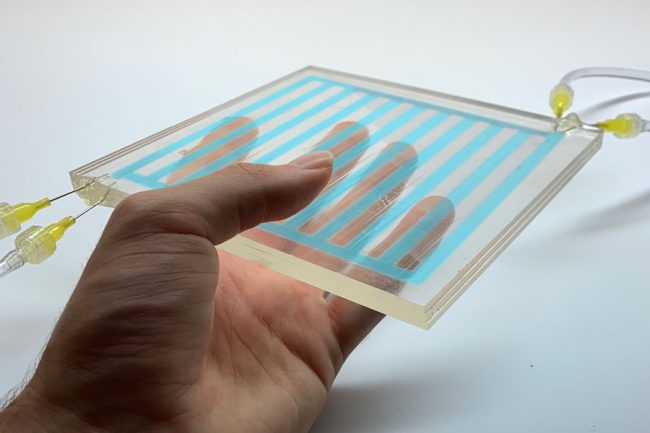Coal is an important global resource and likely to remain so for many years to come. It is a crucial element in the energy mix and vital in the manufacture of a great many other products. But now more than ever, the pressure is on to reduce transportation costs by improving the efficiency of coal handling operations.
Coal represents a significant proportion of all dry bulk, and handling and transportation of this challenging material is a major consideration. It is particularly important to make sure that handling equipment is reliable in the long term because breakdowns can lead to considerable downtime, reductions in efficiency and unforeseen costs.
Coal conveyors are heavy-duty electro-mechanical systems that start and stop under heavy load. Unsurprisingly, they are prone to ingress of harsh coal dust and related debris, and their working conditions can be far from ideal as well with dramatic swings in temperature plus driving rain, sleet and snow, ice build-up, etc.
In an industry where downtime due to mechanical failure is often viewed as an unavoidable fact of life, British company Sensor Technology of Banbury is developing technologies that can help operators to boost long-term reliability, increase availability, and reduce unscheduled maintenance. This can be vital for the coal handling sector as it looks to drive down costs, boost uptime and optimise efficiency.
Sensor Technology’s offering to the coal handling and transportation industry is built around its non-contact digital torque monitoring technology. Applied to the control systems for conveyors, it can transform these processes into accurately monitored and optimally managed systems.
Accurate monitoring of torque is a key indicator of impending mechanical problems. The data can also be used to ensure conveyors are being run at optimum speeds, and that mechanical shocks are being minimised. This is because torque data is directly related to the power from the drive shaft. As coal is added and the conveyor load increases, more power is needed. Similarly, if the conveyor is run at a higher speed, more power is needed. Controlling conveyor speed accurately helps to minimise shock loads, and so leads to both increased reliability and increased efficiency.
Traditionally, torque data has been hard to collect, with wired technologies vulnerable to the challenging environmental conditions inherent in coal handling operations, while also being expensive and difficult to set up. Wireless technology presents an important alternative that is being recognised as a real enabler for monitoring torque in even the most demanding applications.
With over 20 years of research and development into digital torque monitoring, Sensor Technology is at the forefront of this technology and is an acknowledged leader in the manufacture of wireless load sensors. It has a global network of distributors assisting sales, and a network of world-renowned technical experts assisting in the development of technology.
The company’s TorqSense transducer is based on the patented technology of measuring the resonant frequency change of surface acoustic wave (SAW) devices. TorqSense torque sensors use two tiny SAW devices or SAWs made of ceramic piezoelectric material containing frequency resonating combs. These are glued onto the drive shaft at 90 degrees to one another. As the torque increases, the combs expand or contract proportionally to the torque being applied. In effect, the combs act similarly to strain gauges but measure changes in resonant frequency.
The adjacent RF (radio frequency) device transmits radio waves towards the SAWs, which are then reflected back and picked up by the device. The change in frequency of the reflected waves identifies the current torque. This arrangement means there is no need to supply power to the SAWs, so the sensor is non-contact and wireless.
This innovative method of measuring torque can bring distinct advantages to coal conveying, whether in extracting coal from the mine, transporting it for processing, or as part of subsequent shipping operations. A process that was once regarded as very difficult to monitor can now reap the same benefits as many other industrial processes.
TorqSense technology can also improve on the torque limiters that are traditionally relied on to prevent mechanical damage in the event of a coal conveyor jam. Continually monitoring the torque, the transducer can identify the gradual increases that are indicative of an impending jam condition, so enabling preventive maintenance. This key technology can deliver significantly reduced downtime that might have been caused by blockages or breakages to the conveyor chain, paddle attachments or the drive gearbox.
TorqSense has seen widespread adoption in torque monitoring applications across a host of industries, where it is recognised as providing a reliable, accurate and easy-to-implement monitoring solution. Increasingly, these applications are including conveyors, where operators are finding that accurate, non-contact, digital torque monitoring technology has an important role to play in optimising operations and reducing costs.
Sensor Technology can point to a number of applications within coal handling and transportation as well, from the conveyors at the coal face to the bulk unloading conveyors at docksides. Operators around the world are seeing its benefits of reducing running costs and improving asset availability by facilitating proactive rather than reactive maintenance.







